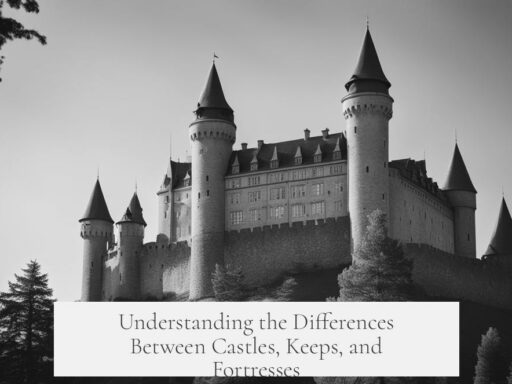The name “Italy” (Italia) has been used to refer collectively to the Italian peninsula for roughly two to three thousand years, originating in ancient times and persisting culturally and geographically despite centuries of political fragmentation. However, politically unified use of the term was rare before the 19th century unification that created the Kingdom of Italy.
The term “Italy” began as a regional name applied by the ancient Greeks to southern parts of the peninsula, primarily Calabria, where a tribe called the Italoi lived. The name likely derives from the Oscan word Viteliú, meaning “land of calves.” Gradually, the Greeks expanded this term northward during colonization and trade.
By the 1st century BC, under Roman influence and especially during the reign of Augustus, the name Italia officially covered the entire peninsula south of the Alps, effectively marking the boundaries of “Italy” as known in antiquity. Coins from the Social War (90 BC) bear the inscription ITALIA, depicting the land personified as a goddess, providing the earliest epigraphic evidence of the term’s widespread usage.
| Period | Use of the Term “Italy” | Context |
|---|---|---|
| Ancient Greek Era (circa 8th–5th century BC) | Term “Italia” applied to southern regions | Refers to territory inhabited by Italoi tribe (Calabria) |
| Roman Republic and Empire (3rd century BC – 5th century AD) | “Italia” designates entire peninsula south of Alps | Political and cultural identity as Roman homeland |
| Late Roman Empire and Early Middle Ages (5th–10th century) | Politically fragmented; regional names like Langobardia | Ethnic divisions due to Lombard invasions and settlements |
| High Middle Ages onwards (11th century onward) | Reemergence of broader Italian cultural identity | Cultural and linguistic unity begins; political fragmentation persists |
| 19th century (1861) | Kingdom of Italy formed | First lasting political unification of Italy |
During the Middle Ages, the use of the name “Italy” politically receded. After the collapse of the Western Roman Empire, the peninsula fragmented into multiple ethnic and political entities. The Langobard (Lombard) conquest in 568 AD caused significant regional division. The Langobards renamed vast areas as Langobardia (divided between Langobardia maior in the north and Langobardia minor in the south). Meanwhile, some territories such as the Exarchate of Ravenna retained the name Romania, symbolizing the Roman heritage. Charlemagne’s conquest in 774 resulted in a “Kingdom of Italy” under Carolingian and later Holy Roman Empire influence, but this kingdom covered only parts of the northern and central peninsula and often excluded key southern regions and city-states.
Throughout this period, political fragmentation was the norm. Independent duchies, city-states, and foreign dominations obscured a single political entity called “Italy.” Still, the geographic and cultural notion of Italy persisted, held together by language, law, customs, and the legacy of Roman civilization.
By the 11th century, a renewed cultural identity began to emerge. The foundation of universities such as Bologna (1088), combined with the revival in studies of Roman Law and the gradual decline of ethnic-legal distinctions (e.g., from Edictum Rothari), knitted the peninsula into a more cohesive cultural space. Literature started appearing in vernacular Italian, reinforcing a shared linguistic identity. This slow but steady growth of cultural unity made the idea of Italy as a contiguous land of related peoples more prevalent, though political unity remained absent.
Despite the resurgence of a broad Italian identity after the 11th century, especially culturally and linguistically, political unification was only realized in the 19th century. Italy’s unification began in the 1850s, culminating with the proclamation of the Kingdom of Italy in 1861. Only then was “Italy” restored as a singular political entity after centuries of fragmented rule by independent city-states, duchies, and foreign powers.
- “Italy” as a geographic and cultural name predates political unity by millennia.
- The term originated in southern Italy among the Italoi tribe and expanded gradually.
- Roman times cemented “Italia” as the name for the entire peninsula.
- Middle Ages saw loss of political unity but retained the name in cultural and geographic use.
- Reaffirmation of Italian identity rose after the 11th century with language, law, and education.
- Political use of “Italy” as a unified state only took hold with 19th-century unification.
In summary, people referred to the land collectively as “Italy” long before it became a united kingdom. The term existed since at least the Roman era as a geographical and cultural concept. Yet, for much of the Middle Ages, political reality fragmented the peninsula, obscuring the use of “Italy” as a single political entity. Only through the 19th century Risorgimento was Italian political unity formally restored, aligning statehood with the longstanding cultural and geographic identity.


